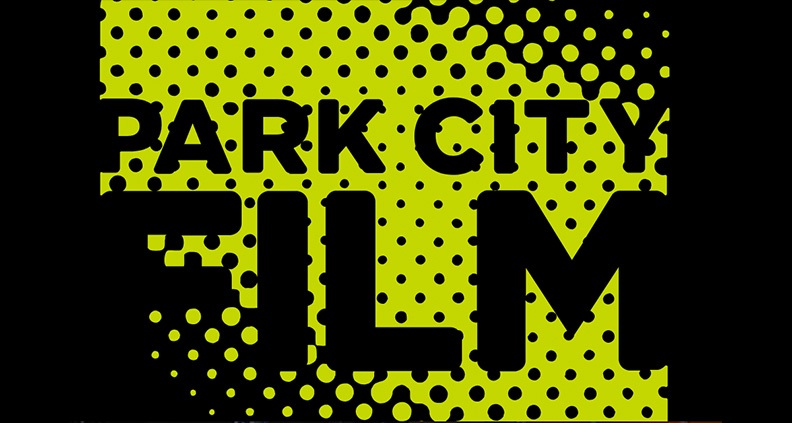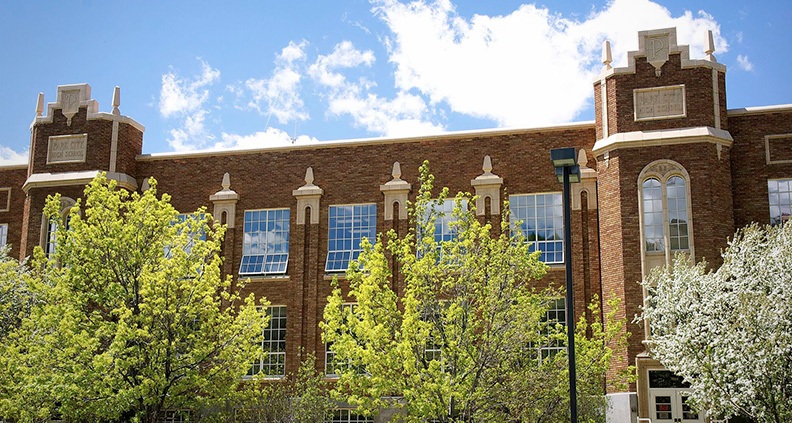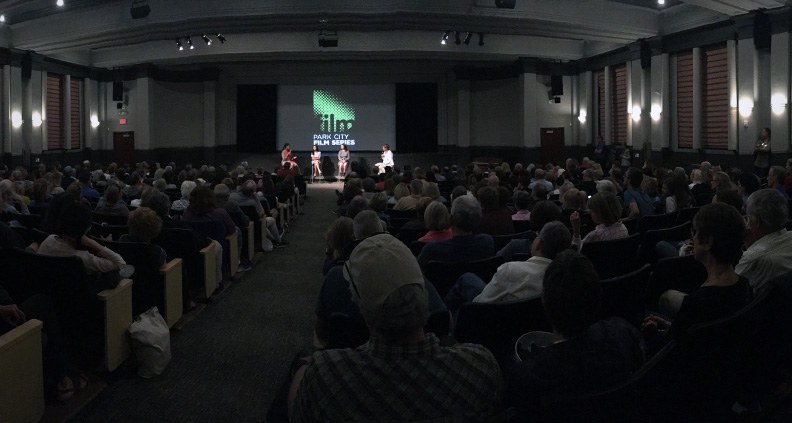Theater Crawl: For Park City Film, Sundance is Just the Beginning
The places where we fall in love with film are often as important to us as the films themselves. Each month, Theater Crawl shines a light on some of the most exciting art house theaters fostering film conversation across the country.
***
Tucked into the snow-covered canyons of Summit County, Park City, UT is a little bit of a Rorschach test, prone to inspire a wide variety of associations. For some, the 8,000-person resort town is synonymous with winter sports—a popular skiing and snowboard training destination and the site of numerous events at the 2002 Salt Lake City Winter Olympics. For others, it’s a high-status vacation spot, perfect for fine dining and shopping and flaunting your glamorous life on Instagram. And if you’re a 19th-century silver prospector, you’ll recall Park City as the place where you probably died in a collapsing mine.
But if you’re reading Film Independent’s blog, chances are that, for you, Park City conjures one association and one association only: Sundance. But alas, Sundance only comes around in January. Where do movie-loving Parkites turn during the rest of the calendar year?
Answer: Park City Film, a nonprofit arts organization which screens a well-curated selection of new indie releases, foreign film titles and kids’ programming every weekend at the Jim Santy Auditorium on the top floor of PC’s original high school building, built in 1928.
We recently spoke to Executive Director Katharine Wang about the Park City Film’s unique place in the local film community, hosting Sundance and the challenges—and rewards!—of serving PC’s impassioned audience of locals.
PARK CITY FILM

How long has your theater/venue/organization been in business?
Wang: Park City Film was established in 1995 as a venue where locals could watch Sundance films outside of the Festival. There was only one commercial movie theater in town [then] and it certainly wasn’t showing indie titles. In the early days we were run entirely by volunteers and only showed films once per quarter. Now, under the direction of a small paid staff, we run films every weekend from September-June, except when we turn into the Library Theater for Sundance each year, staying true to our roots.
Tell us a little bit about Park City. What’s the local film scene like outside of Sundance?
Wang: We have a very sophisticated and discerning indie film community here in Park City. [Our audience] is most excited about new films, director Q&A’s and post-film discussions. They’re not as interested in repertory films. Additionally, as most of our film patrons are former big city people, they want the same high quality of art that they experienced in New York, London, etc. but without the fuss of big city life. They like to be challenged and engaged, but they also love the more relaxed mountain lifestyle and feeling like they’re part of an engaged community. At the end of the day, though, if we can show a film of someone freezing on the side of a mountain—or clinging to a massive granite wall–we’ll fill the house every time.
Does your building have any interesting history behind it?
Wang: We show our films in the Jim Santy Auditorium, which is on the third floor of what was Park City’s original high school, built in 1928. Now, it’s home to the Park City Library. The Jim Santy Auditorium is one of the few spaces in the building that is pretty much unaltered from its original design—although thankfully the seats are no longer made of wood!
Do you have any unique regular programming that you do?
Wang: Yes! That’s really the heart of what we bring to our community. We have a number of programs we offer outside of our weekend independent film series. Most of these programs are offered free of charge. Our Reel Community Series is presented in partnership with other non-profits; we curate films to elevate our partner’s mission through film and create a platform for community dialogue. We have three programs for children that we present in partnership with the Park City Library. Our Book2Movies program engages children in literature through film. The School Break Series provides a safe and engaging place for children in our community to come while the schools are out of session. And our Foreign Cinema For Kids program is one of the only foreign cinema programs in the U.S. that specifically programs films for grades 1-5 in French and Spanish. And finally, we have just launched two new series this year. Our Art on Screen series presents the visual and performing arts in a film format, and the Made in Utah Film Series showcases films made in Utah and/or by Utahns.
It’s not a film program, but in keeping with our belief that Art should be accessible to all members of our community, this fall we started offering discounted tickets for individuals and families that receive Food assistance (SNAP) benefits. We were inspired by the Museums for All program, which offers a similar discount to increase access to the arts and help build lifelong museum-going habits. Park City Film is the first movie theatre in Utah to offer a program like this.

What formats are you equipped to play?
Wang: We can play pretty much any format. Most of our weekend features are projected in DCP, but we’re also equipped to show 35mm films—which we still do on occasion—Blu-ray, DVD and digital files of all sorts: ProRes, MP4, MOV, etc.
What are some of the biggest challenges you’ve faced in running the theater?
Wang: Our biggest challenge is that we only have one screen and can only show one movie during our three-night weekend runs. So we spend a lot of time selecting films that we think will resonate with our community, taking into consideration where else the film might be playing locally or in Salt Lake City, and what additional content we can add to the film in the form of a speaker or panel discussion that would make our screenings stand out.
What programming choices have been unexpectedly successful?
Wang: Any time we can add a speaker or panel to a film it instantly boosts attendance. One of our recent successes was RBG. We knew it would be successful, but we didn’t expect to have to turn 200 people away! We had an all-star panel that included an ACLU attorney, a human rights attorney and a Utah Supreme Court Justice. The panelists were all badass women in their own right, selected to reflect the various stages of Justice Ginsberg’s career. It was awesome on so many levels.
Have there been films that you’ve programmed that you wish did better?
Wang: Foreign cinema. People say they love foreign films in our patron surveys, but with few exceptions, the numbers are always markedly lower than for English-language films. We will of course continue to include them in our programming schedule, but we program foreign films knowing that we have to support these films with revenue earned elsewhere.

What’s your approach to social media and marketing?
Wang: People still read the newspaper in Park City—either because they’re a tourist looking for something to do or they’re a local trying to stay current with local politics and events. So we still run weekly print ads. But Facebook events have been increasingly very effective for us. It’s an easy way to reach a lot of people quickly and get them to share the event with their friends. We’re also lucky to have a great following of patrons who show up every week without even knowing what film we’re showing. They’ll tell us something along the lines of, “I don’t know what the film is tonight, but since you picked it, I know it’ll be good.”
Why do you think the communal theatrical experience is still important?
Wang: We are so disconnected in the modern world. People walk around clutching their phones more closely then their infants, and can barely stand to spend five minutes without checking, swiping or texting. While it sounds counter-intuitive, sitting in the dark with a group of strangers and connecting with a story, uninterrupted, is incredibly powerful and empowering. It makes you feel part of the larger human community. It’s why equal representation on the screen is so important. If you can see yourself reflected in popular culture, it makes you feel like your story or your experience has value. Equally, experiencing stories that are different than your own can help you better appreciate and empathize with your fellow humans.
To learn more about Park City Film, what’s playing now and what’s coming up, check its website. Do you have a favorite local art house you’d like to see profiled? Leave your suggestions in the comments.
Learn how to become a Member of Film Independent by visiting our website. Be sure to follow us on Twitter, Facebook and Instagram and don’t forget to subscribe to Film Independent’s YouTube channel.
(Header: Katharine Wang introducing the film Chasing Ice. Photo: Jill Orschel)